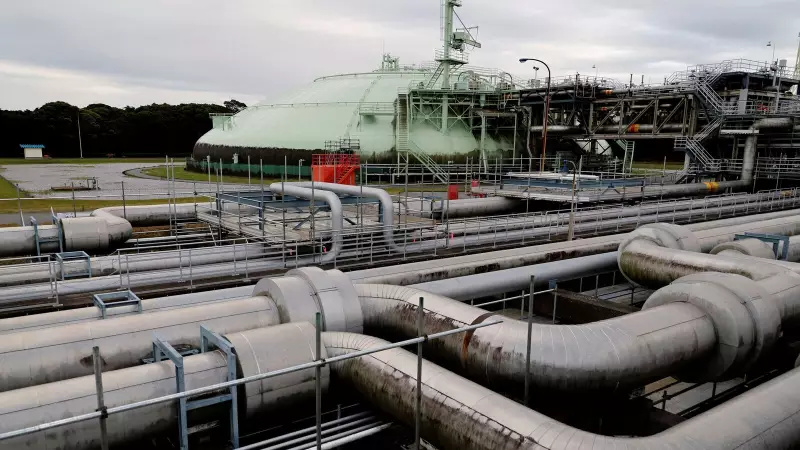
In a decisive move that reshapes Europe's energy landscape, European Union member states have reached a historic agreement to completely sever ties with Russian gas supplies by the end of 2027. This bold strategy marks a significant escalation in the bloc's efforts to achieve energy independence from Moscow.
The Countdown Begins: Europe's Energy Transformation
The unanimous decision, reached after intense negotiations among EU energy ministers, establishes a clear timeline for weaning the continent off Russian fossil fuels. This represents the most comprehensive energy sanctions package imposed against Russia since the conflict in Ukraine began.
Strategic Pillars Behind the Gas Ban
European officials have outlined a multi-pronged approach to ensure energy security while implementing this ambitious phase-out:
- Accelerated Renewable Energy Deployment - Massive investments in wind, solar, and green hydrogen projects across member states
- Diversified Supply Sources - Increased LNG imports from the United States, Qatar, and African nations
- Energy Infrastructure Overhaul - Development of new pipeline connections and regasification terminals
- Enhanced Energy Efficiency - Stricter building standards and industrial consumption reduction targets
Economic Implications and Market Response
The transition period until 2027 allows European industries and households to adapt gradually to new energy realities. Energy analysts predict this move will accelerate Europe's green transition while potentially reshaping global gas markets.
"This isn't just about sanctions; it's about fundamentally rearchitecting Europe's energy security for generations to come," noted a senior EU energy official involved in the negotiations.
What This Means for European Consumers
While short-term price fluctuations remain possible, the long-term strategy aims to stabilize energy costs through diversified supplies and increased domestic renewable production. The EU has established contingency measures, including strategic gas reserves and emergency coordination mechanisms, to prevent supply disruptions during the transition.
The 2027 deadline represents a calculated balance between immediate action and practical implementation, giving member states sufficient time to build necessary infrastructure while maintaining pressure on Russia's energy revenues.





